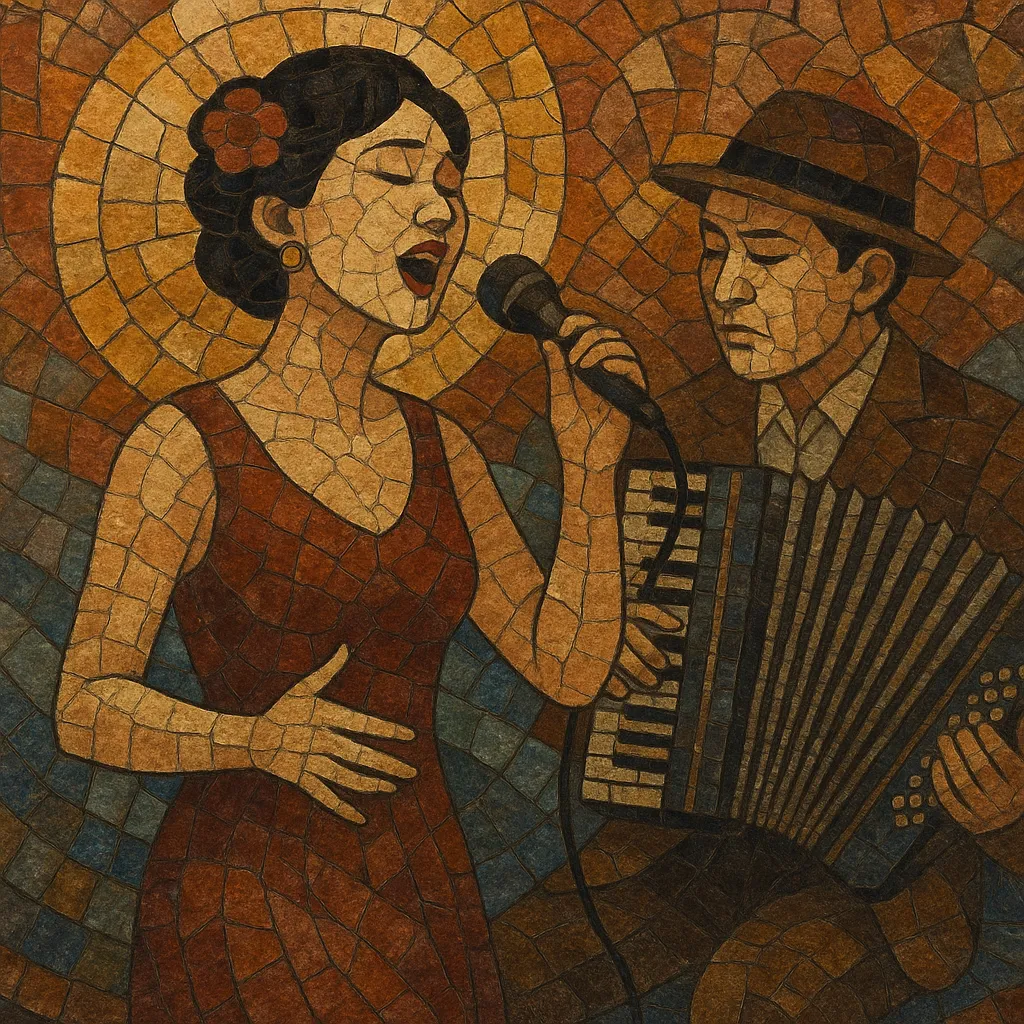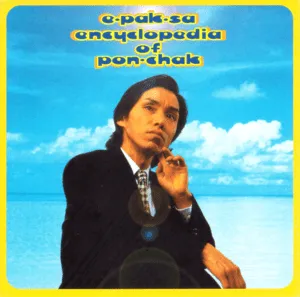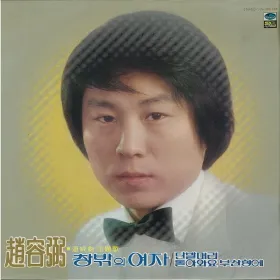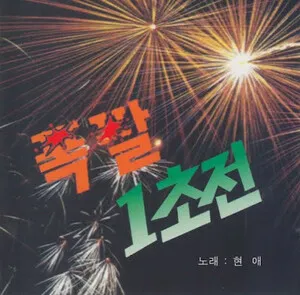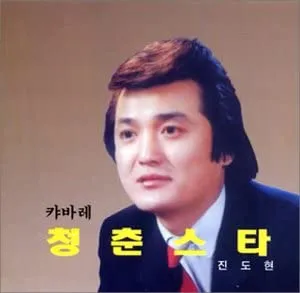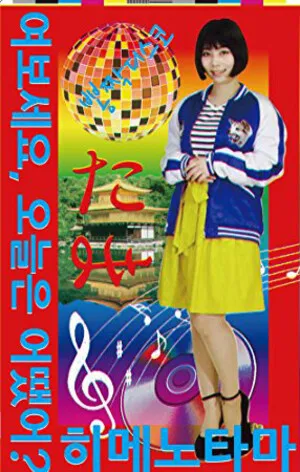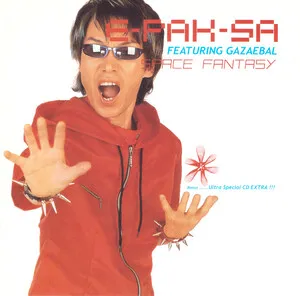Your digging level
Description
Trot (teuroteu) is one of the oldest forms of Korean popular music, built around a steady two-beat groove, simple diatonic harmonies, and highly ornamented, vibrato-rich vocals. Its melodies often use pentatonic contours and a characteristic catch in the voice (kkeokk-gi), conveying both festive spirit and deep pathos.
Emerging during the early 20th century, trot absorbed influences from Japanese popular song (enka/ryūkōka), Western ballroom dance rhythms (such as waltz and tango), and Korean folk vocal aesthetics. The genre centers lyrical themes of love, longing, nostalgia for hometown, and everyday resilience, and it continues to evolve through modern “semi-trot” and television-driven revivals.
History
Trot took shape on the Korean peninsula during the colonial era, blending Japanese ryūkōka and later enka songcraft with Western dance meters and Korean vocal expression. Early recordings established the hallmarks of the style: a lilting two-beat feel, pentatonic-leaning melodies, and emotive ornamentation.
Post-war South Korea saw trot become the nation’s dominant popular style. Singers like Lee Mi-ja, Nam Jin, and Na Hoon-a turned the genre into a mainstream institution. Song topics—romance, separation, and yearning—paired with memorable refrains and communal sing-along appeal solidified trot as a shared cultural soundtrack.
As rock, ballad, and later K-pop rose, trot ceded chart dominance but remained culturally central through TV, nightlife stages, and regional festivals. Hybrid offshoots (including semi-trot and humorous/club-leaning forms) kept the idiom active while preserving its vocal and rhythmic identity.
Television competitions such as Miss Trot and Mr. Trot sparked a renaissance, launching new stars and reintroducing trot to younger audiences. Modern productions blend polished pop arrangements with classic vibrato and lyrical sentiment, proving the genre’s continuity and adaptability in contemporary Korean pop culture.

